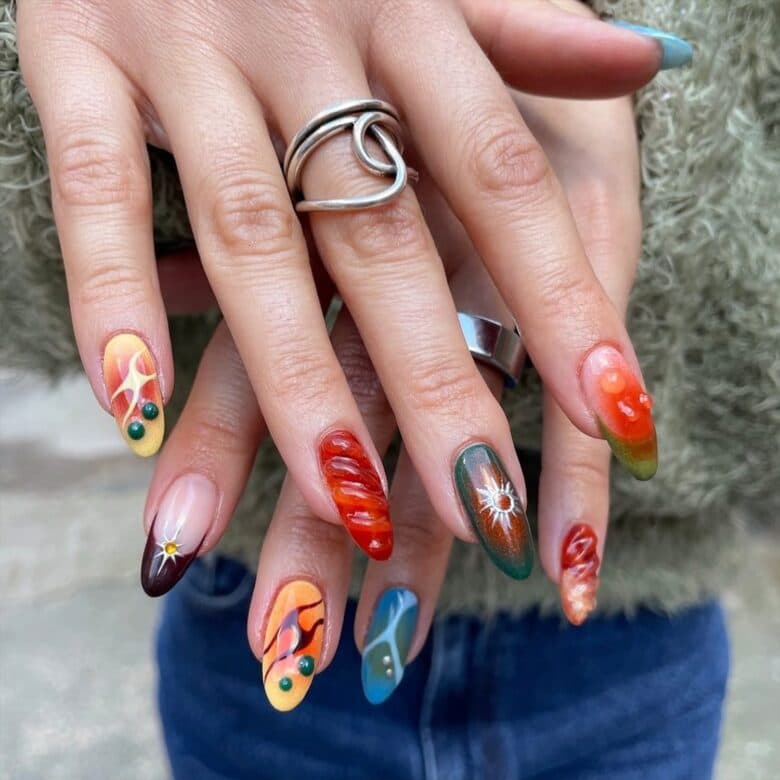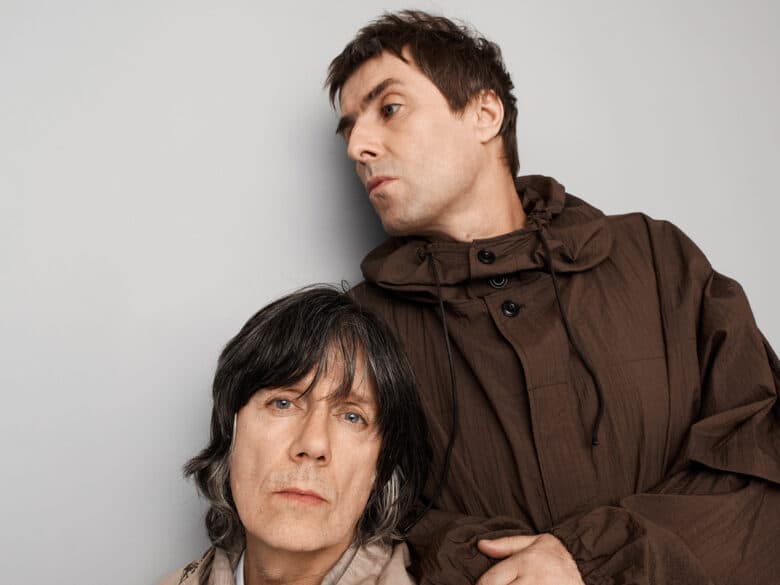London based but born to a Korean family in Vancouver, multimedia artist Zadie Xa creates complex work exploring diasporic identity, representation and, in her own words, “pending environmental doom”. Weaving together different ecological, spiritual and cultural narratives – a recent work pairs an ancient Korean origin story with the real-life tale of the 100-year-old orca known as Granny – her layered, ambiguous work uses storytelling to imagine alternative realities and touch on social phenomena closer to home.
Having gained her MA in Painting from the Royal College of Art in 2014, she has since exhibited institutionally at the Serpentine, Palais de Tokyo and Venice Biennale. But despite being on a familiar upward trajectory, Zadie isn’t interested in upholding the artworld status quo. Describing her practice as a way of “thinking through” certain issues, she’s ultimately focused on generating open-ended, sometimes radical conversations with her audience, not creating a polished “final product” or simply responding to the cultural zeitgeist. Recently energised by the political reckonings of 2020, she has invested in a process of rejecting the complacency of mid-career success to question the systems that sustain inequality both in the arts and in wider society. As she herself admits: “I can’t separate real life and politics from my work.”
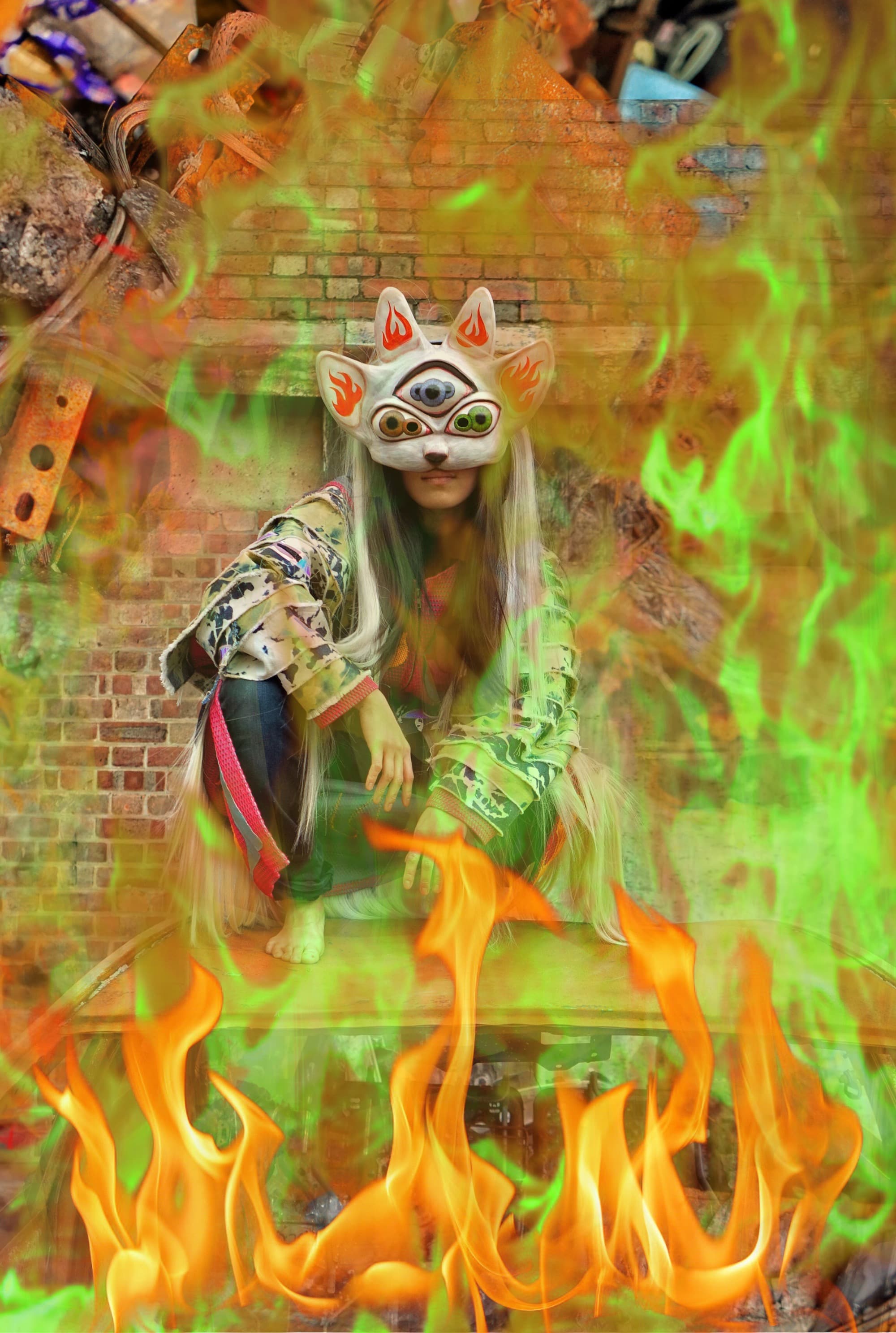
What has your experience of the pandemic been like?
It felt like I started my lockdown at the beginning of February. I was working intensely with my partner on production for an exhibition and we were quite isolated in the studio. Then, in March, people stopped coming to the building because they clearly didn’t want to leave their houses. In the beginning, I was overwhelmed with stress and worry, thinking about how useless art can be in terms of practicality. I had a friend say “I’ve never felt so stupid in my life” as a joke, but it was kind of an earnest comment. I understood it, especially in that moment, because you’re like, “Wow, what are the kinds of skills I can offer larger society?”
That sense of hopelessness is something a lot of people can relate to. It has motivated so many to take things into their own hands and embrace a more grassroots, or DIY, approach. How does the DIY element factor into your practice?
Oh yeah, I can tell you that! I work a lot with the idea of costuming but I’m not trained in fashion – my brain does not work in design mode at all. I’m very experimental, or DIY, when it comes to making costumes, and I think it gives them a different quality [from what you would see] if you went to an exhibition of fashion garments all constructed in a certain way. I feel like that with performance as well. I’m not from the performance world, apart from doing high-school improv and drama. When you’re in the realm of DIY, you get to break rules that you didn’t know existed, and when you break rules, really interesting things can happen.
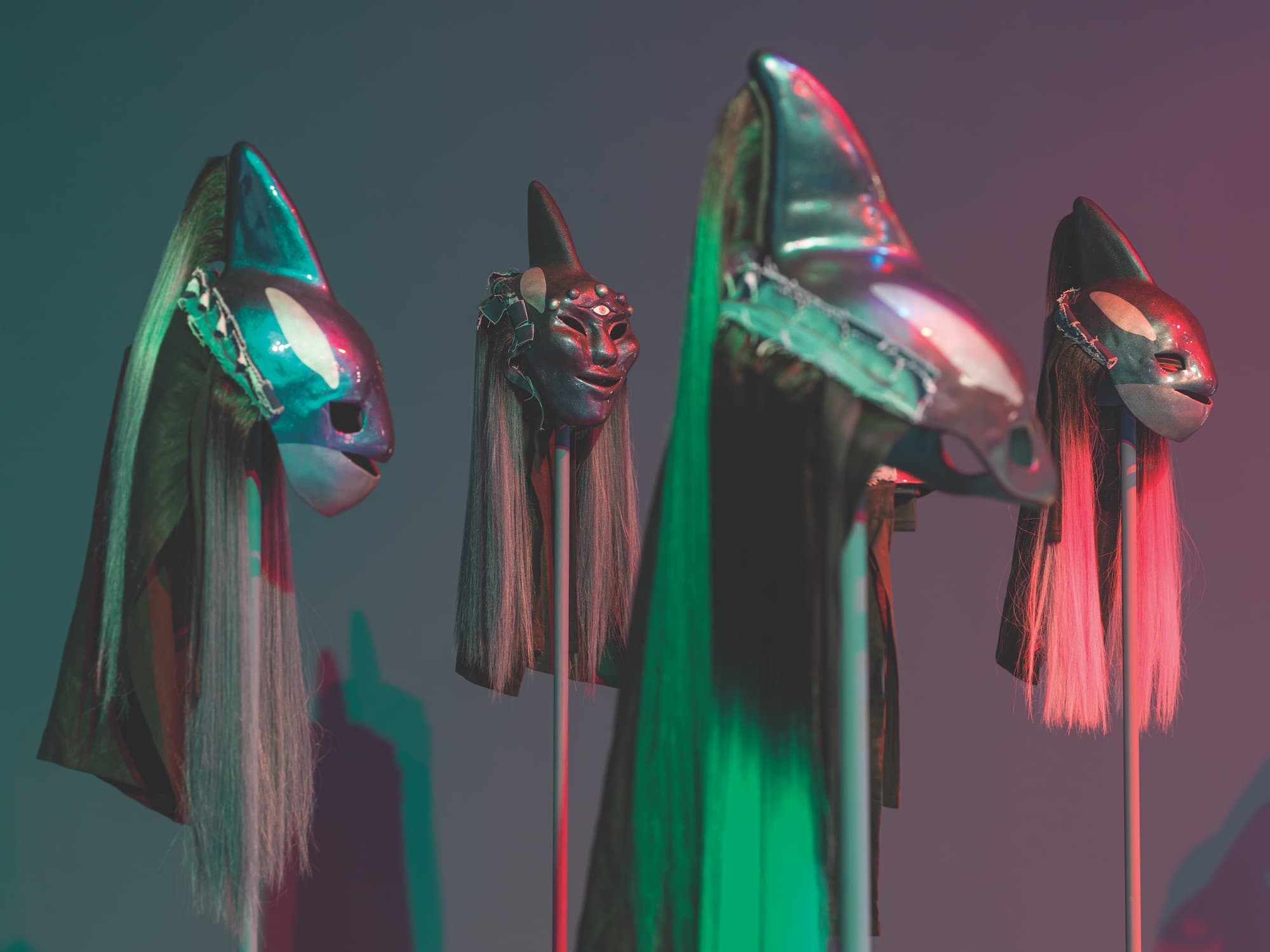
You mentioned working with your partner, Benito Mayor Vallejo, in the studio, and I know you also collaborate with dancers and musicians for your performances. Has this cooperative mode of working had an impact on how you think about authorship?
I’ve been thinking about this a lot. My partner and I met at undergrad and we’ve always been together, working as artists, side by side. That collaborative relationship was there even before it was fully established. In terms of working with other people, in the beginning, it was just this idea that if you want to do a performance you need to work with a team, you just have to. But as soon as you start working with others towards a common goal, the work becomes more interesting because everyone is bringing their best assets to the table. That has really opened my eyes – as artists, there’s this fantasy we’re taught that there’s a single male artist working in his studio, pumping out all these ideas prolifically, this Picasso type.
I went to the Harry Potter studios a few years ago and was really impressed with how generous they were with the materials and props on display, showing what they needed to create that universe. It made me realise that this is one person’s idea from some books that they wrote and then handed off to all these writers and directors and producers and actors and costume people… It’s just really incredible and you’re able to see what folks can achieve when they work as a team.
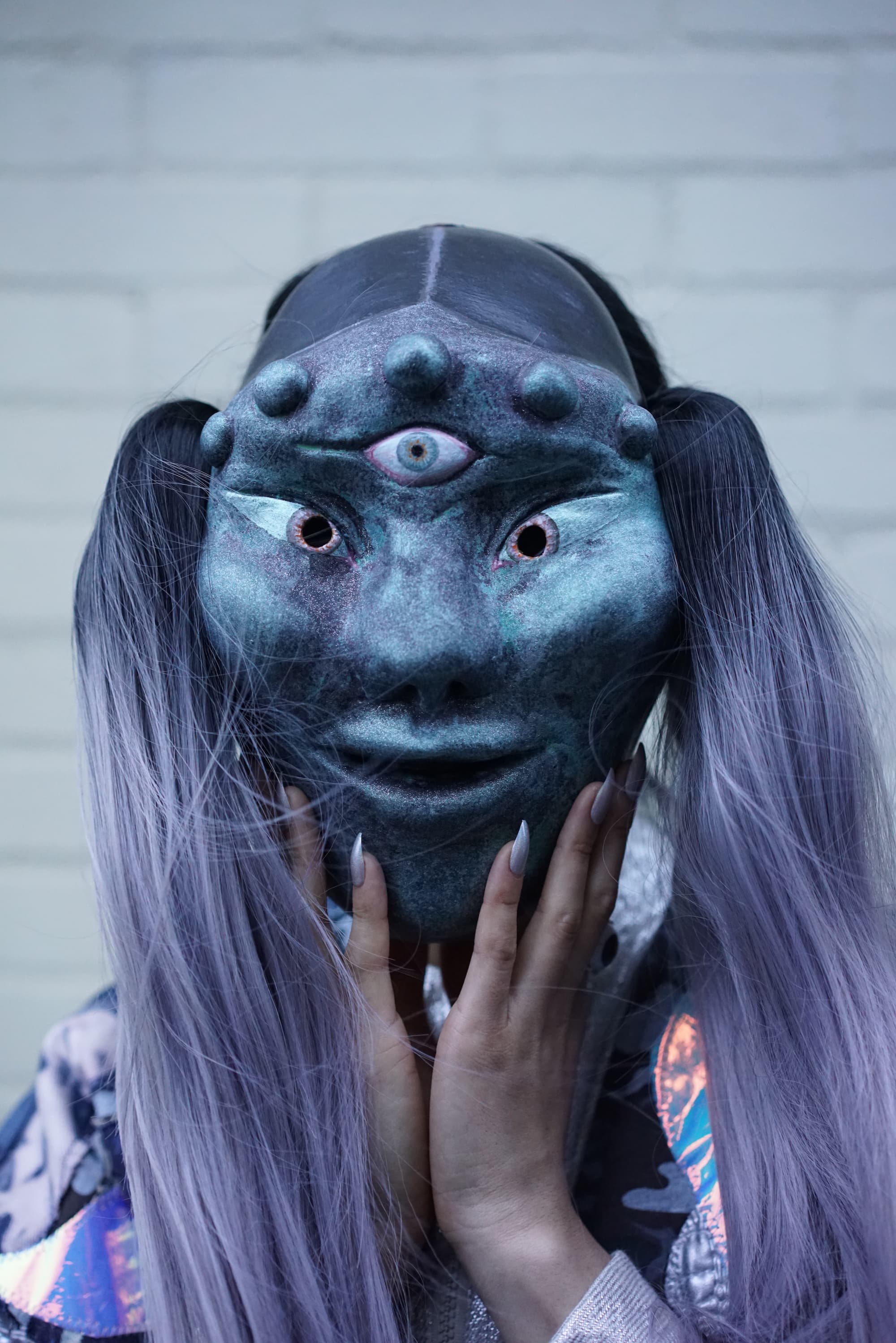
And it’s interesting, too, because you lose some of the creative control when you work with a team.
I definitely like to have full control over how things look, but at the same time, when you work like that, you can stifle the outcome. It can become a bit flat or deadened. When you work with other people, they’re also bringing you fabulous ideas and their own perspective of things. That’s when the work shifts and the outcome changes. It’s not necessarily better but it becomes richer, and pockets of ideas you hadn’t necessarily thought of before become constructed in situ. Particularly with performance, I work really collaboratively, and this element of control is really thrown out the window for me. When you create sculptures or paintings or object-based projects in your studio, even if you’re working with a team, you install it and you know what it is, but with performance you really don’t know.
A lot of your work explores your identity as a member of the Korean diaspora, and I know you’ve recently created protest posters in support of Black Lives Matter. Would you say that your work is politically engaged?
Lately, I’m really conscious of the fact that I don’t want to make escapist art. You can’t just wish yourself away and not consider the realities and problems that communities are facing day-to-day. I think, as an artist, it’s important to have that free imaginative space, but it’s important that you don’t just end up blindly making up stories. I don’t make overtly social commentary work, that’s not the way I operate either, because I don’t want to be telling people how I think they should think. The fantastical realm is the best way for me to touch the real, the best way for me to even navigate all this stuff.
As a consequence of being the child of immigrants and growing up with a mostly white, mainstream North American background, issues of racism are not a surprise to me. I’m not Black and I don’t have dark skin but I’ve always been very aware. I’ve always been kind of thinking. But when you start really looking at the fact that this is a global, systemic thing, there’s an exhaustion – you can’t take it any more. For many artists and many people, coronavirus and Black Lives Matter, which are the results of many systems that have been in place for hundreds of years, are a wake-up call.
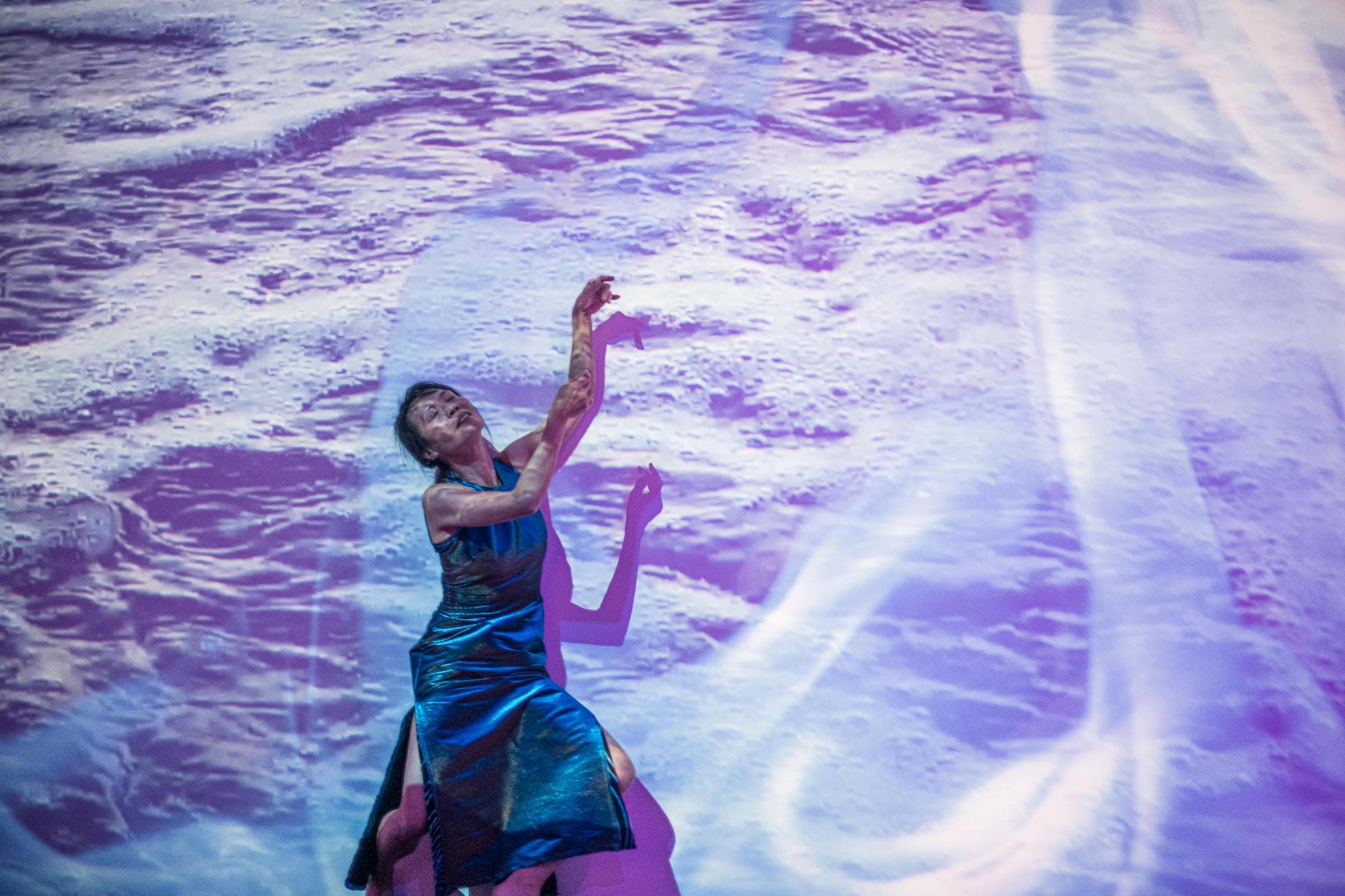
I’m going to pass on a question from our guest editor Harold Offeh now, which is this – what tools, either real or metaphorical, might you employ to dismantle or construct an aspect of contemporary culture?
One of the things that I’m trying to think about and get more into is working within and listening to community. For me, that community is also community I don’t belong to, communities that are not always listened to. The most fundamental tool I have is this idea of knowledge sharing and being respectful of knowledge. I guess it’s the knowledge of really listening to and centring Black queer thought in regards to feminist thinking or more holistic approaches to living. I’m also really interested in what Indigenous folks are thinking about in their own cultural relationships to the land, their stewardship of the land. It’s like the decentring of authoritarian voices in my life. It’s also about sharing – if we have some knowledge bestowed upon us, it’s selfish to not share that with each other.
But also I’ve been thinking about how to apply this when it comes to the art world. The art world, like all niche industries, is very competitive. There’s this idea that scarcity is among us and you have to be very competitive in order to catch the fruit, so I would like to think about the fact that, actually, there’s an abundance of creativity, an abundance of artists and an abundance of ways that we can show up for each other. It really feels more possible at the moment, I think because we’re all online you have to be more creative and there are certain hierarchies that are being slowly eroded. Even just reimagining the really small community of the art world and how that functions, the sharing of a platform, the sharing of knowledge, is really, really indicative of actual change-making. I know this isn’t a very neat, nicely boxed answer, but I feel like it’s the truest one.
The DIY Issue is out now, get your own copy here.
